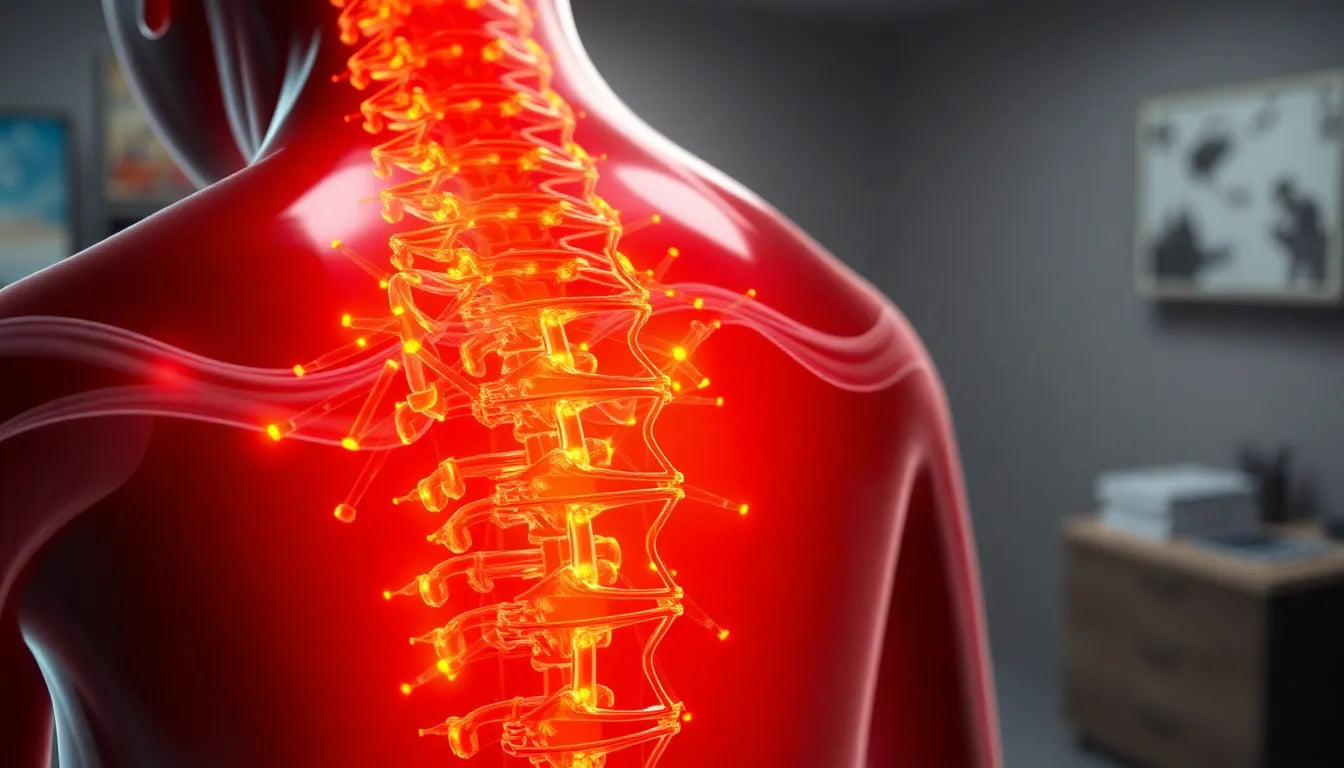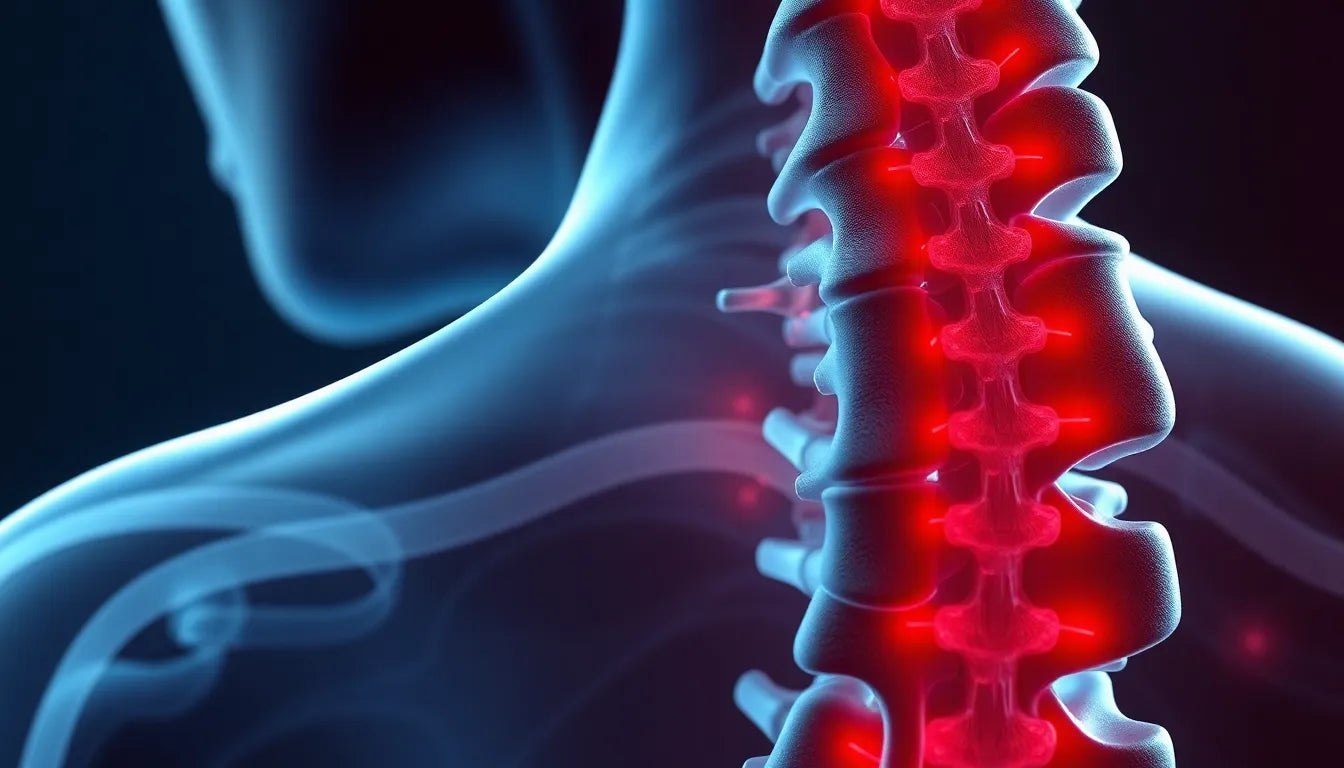Sciatica is a common condition characterized by pain that radiates along the path of the sciatic nerve, which runs from the lower back through the hips and buttocks and down each leg. Typically, sciatica affects only one side of the body and can vary in intensity from mild discomfort to severe pain. The most common causes of sciatica include a herniated disk, bone spur on the spine, or narrowing of the spine (spinal stenosis) that compresses part of the nerve. This compression leads to inflammation, pain, and often some numbness in the affected leg.
The prevalence of sciatica is notable, with many people experiencing it at some point in their lives. It can significantly impact daily activities, making simple tasks like walking, sitting, or standing uncomfortable and challenging. Fortunately, there are natural and effective ways to alleviate sciatica pain, and one of the most beneficial methods is through stretching exercises.
The role of stretching in sciatica relief
Stretching exercises play a crucial role in relieving the pressure on the sciatic nerve, which is essential for reducing pain and discomfort. By incorporating regular stretching into your routine, you can improve flexibility, reduce muscle tension, and enhance blood circulation, all of which contribute to alleviating sciatica symptoms.
Stretching helps to gently elongate the muscles and tissues around the sciatic nerve, which can relieve the compression that causes pain. Moreover, stretching exercises help to strengthen the muscles that support the spine, improve posture, and increase the range of motion, all of which are beneficial for managing and preventing sciatica flare-ups.
Incorporating stretching exercises into your daily routine can be a powerful tool in managing sciatica. Not only does it provide immediate relief by reducing tension and pressure on the sciatic nerve, but it also offers long-term benefits by promoting overall spinal health and flexibility. By dedicating just a few minutes each day to these exercises, you can significantly improve your quality of life and reduce the impact of sciatica on your daily activities.
Key stretching exercises for sciatica relief
Knee-to-chest stretch
The knee-to-chest stretch is a fundamental exercise for alleviating sciatica pain. This stretch targets the lower back and gluteal muscles, providing relief by reducing pressure on the sciatic nerve. To perform this exercise, follow these steps:
- Lie on your back on a comfortable surface, such as a yoga mat, with your legs extended.
- Gently bring one knee toward your chest, grasping it with both hands.
- Hold the position for 20 to 30 seconds, keeping your back flat on the ground.
- Release and repeat with the opposite leg.
- Perform 3 to 5 repetitions on each side.
Ensure that you maintain a gentle, controlled motion to avoid straining your lower back. This stretch not only alleviates pain but also enhances flexibility in the lower back and hip region.
Standing hamstring stretch
The standing hamstring stretch is essential for reducing tension along the sciatic nerve by elongating the hamstrings. Tight hamstrings can exacerbate sciatica symptoms, so regular stretching is beneficial. Here’s how to do it:
- Stand up straight with your feet hip-width apart.
- Extend one leg forward, resting your heel on a low surface, such as a step or a sturdy chair.
- Keep your back straight and lean forward gently at the hips until you feel a stretch along the back of your leg.
- Hold this position for 20 to 30 seconds, then switch legs.
- Repeat the stretch 2 to 3 times for each leg.
To avoid overstretching, ensure that your movements are slow and controlled. This stretch helps in maintaining flexibility and preventing muscle tightness that can lead to increased sciatic nerve pressure.
Pelvic tilt
The pelvic tilt is a simple yet effective exercise that strengthens the lower back muscles and improves pelvic alignment, helping to reduce pressure on the sciatic nerve. Follow these steps to perform the pelvic tilt:
- Lie on your back with your knees bent and feet flat on the floor, keeping your arms at your sides.
- Flatten your lower back against the floor by tightening your abdominal muscles.
- Hold this position for 5 to 10 seconds, then relax.
- Repeat the exercise 10 to 15 times.
This exercise not only aids in sciatica relief but also improves core stability, which is crucial for overall spinal health.
Seated glute stretch and figure 4 stretch
Targeting the gluteal and piriformis muscles is important for sciatica relief, as these muscles can become inflamed and press against the sciatic nerve. The seated glute stretch and figure 4 stretch are effective exercises for this purpose.
Seated glute stretch
- Sit on the floor with your legs extended in front of you.
- Bend one knee and place your foot on the opposite knee.
- Lean forward slightly, keeping your back straight, until you feel a stretch in the gluteal area.
- Hold for 20 to 30 seconds, then switch sides.
- Repeat 2 to 3 times for each side.
Figure 4 stretch
- Lie on your back with your knees bent and feet flat on the floor.
- Cross one ankle over the opposite knee, creating a figure 4 shape.
- Gently pull the uncrossed thigh toward your chest until you feel a stretch in the glutes and hips.
- Hold for 20 to 30 seconds, then switch sides.
- Perform 2 to 3 repetitions on each side.
These stretches can be modified to accommodate different flexibility levels, ensuring that everyone can benefit from their sciatica-relieving effects.
Additional tips for managing sciatica
In addition to stretching exercises, incorporating heat and cold therapy can further alleviate sciatica symptoms. Alternating between heat and cold packs can reduce inflammation and soothe muscle tension. Over-the-counter pain relievers, such as ibuprofen, may also help manage pain and inflammation. Moreover, consulting with a physical therapist for a personalized exercise plan can provide targeted relief and enhance your stretching routine.
Lifestyle considerations for sciatica relief
In addition to incorporating stretching exercises into your routine, adopting certain lifestyle changes can further aid in managing sciatica symptoms. One crucial factor is maintaining a healthy weight. Excess weight can place additional stress on the lower back, potentially exacerbating sciatica pain. By achieving and maintaining a healthy weight through a balanced diet and regular exercise, you can reduce this strain and promote better spinal health.
Incorporating low-impact exercises into your daily routine is also beneficial. Activities such as walking, swimming, or cycling can enhance cardiovascular health without placing undue stress on the sciatic nerve. These exercises help improve overall fitness, boost circulation, and support muscle strength, all of which contribute to the effective management of sciatica symptoms.
Concluding thoughts
Consistency is key when it comes to alleviating sciatica pain through stretching exercises. By dedicating time each day to perform these exercises, you can experience significant relief from symptoms and improve your overall quality of life. However, it is essential to approach any new exercise regimen with caution, especially if you have underlying health conditions. Consulting with healthcare professionals, such as physical therapists or doctors, can provide personalized guidance and ensure that your exercise routine is safe and effective.
Remember, while stretching exercises can greatly alleviate the symptoms of sciatica, they may not address the root cause of the condition. Therefore, it is important to seek medical advice if symptoms persist or worsen, to explore other treatment options that may be necessary for comprehensive care.
Frequently Asked Questions
What are the best stretches for sciatica?
The best stretches for sciatica relief include the knee-to-chest stretch, standing hamstring stretch, pelvic tilt, seated glute stretch, and figure 4 stretch. These exercises target key muscle groups that can alleviate pressure on the sciatic nerve, thereby reducing pain and discomfort.
How often should I do these stretching exercises?
For optimal results, it is recommended to perform these stretching exercises daily or at least several times a week. Consistency is crucial to achieving long-term relief from sciatica symptoms. However, it's important to listen to your body and adjust the frequency based on your comfort level and individual needs.
Can stretching exercises completely cure sciatica?
While stretching exercises can significantly relieve sciatica symptoms, they may not cure the underlying cause of the condition. Stretching helps to alleviate pressure on the sciatic nerve and improve flexibility, but addressing the root cause may require additional treatments or interventions. Consulting with a healthcare professional is advisable for a comprehensive approach.
Are there any risks associated with stretching for sciatica?
There are minimal risks associated with stretching for sciatica when performed correctly. However, improper technique or overstretching can lead to muscle strain or injury. It is essential to follow proper instructions, maintain controlled movements, and listen to your body to avoid potential risks. If you experience increased pain or discomfort, stop the exercise and seek medical advice.
When should I see a doctor for sciatica?
If your sciatica symptoms persist or worsen despite regular stretching and self-care measures, it is important to seek medical attention. Additionally, if you experience severe pain, numbness, or weakness in the legs, consulting a healthcare professional is crucial to determine the appropriate course of treatment and address any underlying issues.


















